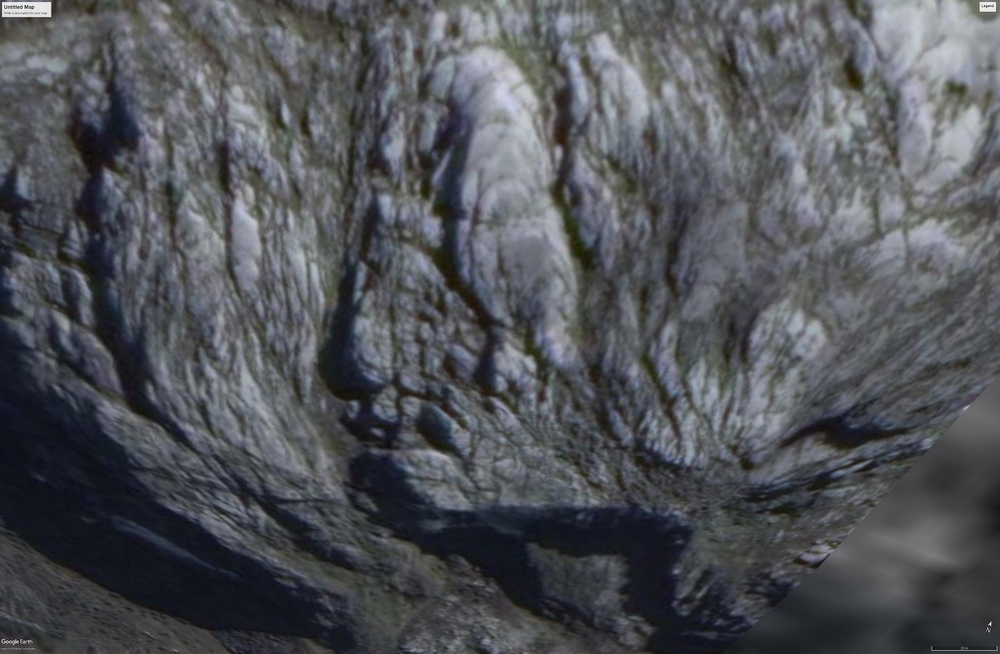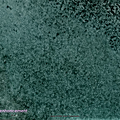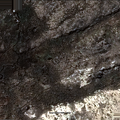125/3063

I discovered this in Papua New Guinea. It is a relief sculpture of a parrot surrounded by other animals of varying sizes. The parrot measures approximately 123 meters tall by 36 meters wide. I believe there may be a tomb in the rock cutout near the bottom of the pic. This is the first published of many new discoveries I've made today in Papua New Guinea. More pictures to come!
- Author
- Gary Eastman
- Posted on
- Monday 27 July 2020
- Dimensions
- 1920*1258
- Filesize
- 667 KB
- Tags
- parrot





